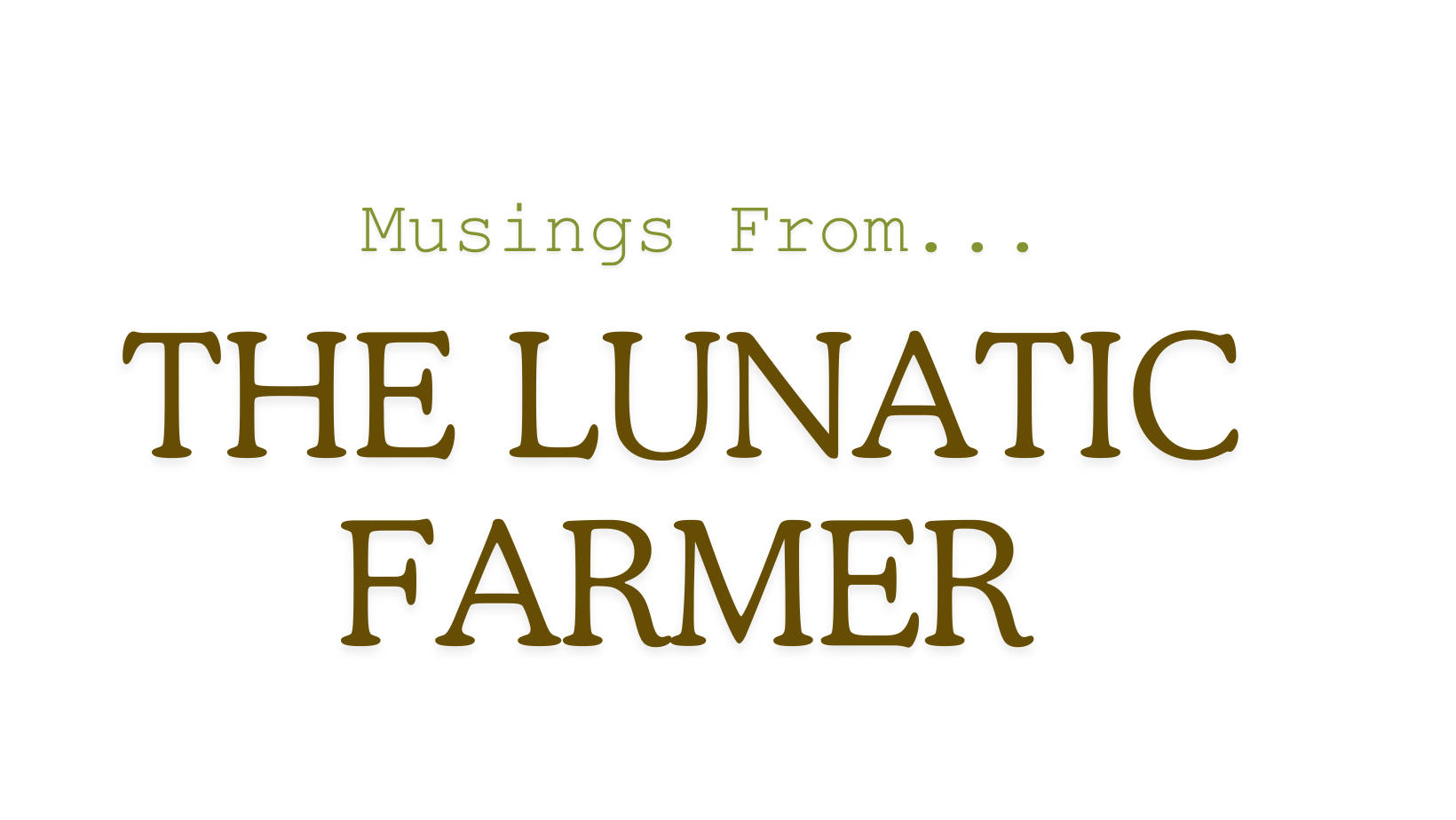ENDANGERED COW MILK
The dairy industry is imploding. Cow milk sales are down nearly 40 percent nationwide in just the last three decades. Can you imagine? Replaced with rice milk, soy milk and others, traditional cow milk's position at the table is now no longer.
I was talking with a grass-based raw milk dairyman recently who is trying to build a base. When customers quit buying, he does exit polling. The number one reason is "I just can't drink half a gallon a week."
Our discussion led us to the conclusion that milk is no longer seen as a food; it's simply a condiment. It's used in coffee and on cereal, but to pour a glass of milk and chugalug it, no. In our family, we always milked (by hand) a couple of Guernsey cows and I grew up drinking milk like water. Raw milk. Grass-fed milk.
We ran it threw a paper filter to strain out any bits of hair and mud, but otherwise it was just the same as it came out of the teat. Now that we don't have our own, we drink less, but every morning I still have a glass of milk. I don't drink coffee or tea; I still have a glass of raw grass-fed milk and I could drink half a gallon a day, easy.
Milk moved from food to beverage to condiment in three decades. How? I think the primary reason is that fooling around with it through pasteurization, homogenization, manipulation (adding Vitamin D and skimming off the cream), and concentrated animal feeding operations created an item so tasteless and unlike normalcy that it was no longer appealing. It tastes like chalk. It looks like water. And it carries no nutritional punch.
Many states are passing new labeling laws, sponsored by the dairy lobby, trying to forbid the use of the word "milk" for anything except mammalian secretions. This is the way the dairy industry is fighting back.
A much better response would be a national ad campaign saying "mea culpa, we lost your trust, and we're going to get it back by treating cows like cows and re-instituting the nutrition and taste of creamline authentic milk." That would actually garner far more public trust and use, I suspect, than militantly fighting against the alternative milk industry.
I've met people who have healed all sorts of maladies by going on a milk fast. That's a fast that's always appealed to me. If I were going on a lengthy fast, I think that would be one I could enjoy. Guzzling half a gallon of ice cold raw grass-fed milk every day, now that's a way toward healing. My heart goes out to the suffering dairy farmers around the country who are losing their farms in this cultural shift.
The challenge for the real milk producers is to message nutrition and the healing, therapeutic affects of authentic dairy. Repositioning real milk as a viable and positive food item will take a combination of nutritional food analysis differentiating between junk milk and real milk. It will also require aggressively sharing testimonies of healing and rebuilt immune systems. These stories need to be front and center in all public relations campaigns. "We're not them" needs to be central to this messaging.
Dairy farmers, like all farmers, are loathe to demonize fellow dairy farmers, but that's the way to move ahead. Here at Polyface, we've emphasized "we're not Tyson" for a long time, and it has served us well. And I've been crucified in our local farming community for daring to disparage feedlot beef or CAFO chickens. No matter; the public knows we aren't them. Establishing a differentiated food religion is a good thing.
I've spent the last couple of days chasing down a grass-based dairy nearby that is contemplating putting in a creamline fluid milk VAT pasteurized (so it's legal to sell, a very low and gentle process) option. I'm hoping against hope that we can talk him into it--he's already making cheese and it's WONDERFUL.
If you look at the process of real milk versus soy milk, it's fundamentally different. In real cow milk, the sun grows grass; the cows eat the grass; the grass turns into milk; the dairy farmer harvests the milk; you drink the milk. In soy milk, you have to either plow or kill the grass, plant the annual crop, get it germinated and keep weeds out of it, then harvest it, dry it, transport it to a laboratory, extract the protein through a labyrinth of expensive infrastructure, then bottle the fluid. The ecological differences are extreme, and yet Starbucks refuses to use the solar-driven real milk. Why doesn't Starbucks get real milk instead of spurning all milk as if it's the same thing? Starbucks could use this as a great teaching moment; instead, it joins the planet haters who want to grow monocrops and chemicalize everything. Really sad, really sad.
When is the last time you guzzled a glass of raw grass-based real milk?
Thank you Kate Simon Lifestyle Photography for the image of Ballerino Creamery!
